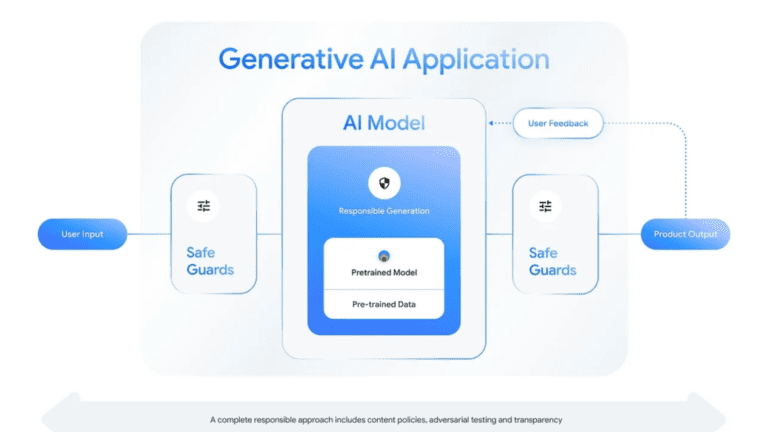TL;DR:
- Keras introduces Gemma models, revolutionizing AI and machine learning.
- Gemma offers lightweight, cutting-edge open models for large language tasks.
- Powered by JAX, PyTorch, and TensorFlow, Gemma ensures adaptability.
- Gemma’s innovation lies in its streamlined design and advanced technology.
- Features like LoRA API enhance parameter efficiency for fine-tuning.
- KerasNLP API simplifies Gemma model access with built-in tokenization.
- New distribution API enables data-parallel and model-parallel training.
- Recommendations for distributed setups like TPUv3 or 8-GPU machines for larger models.
- Collaboration is encouraged via the Kaggle Model Hub, fostering community-driven AI development.
Main AI News:
In an era dominated by digital innovation, the emergence of Gemma models by the Keras team signals a significant advancement in the realm of artificial intelligence (AI) and machine learning. Gemma, a novel series of lightweight, cutting-edge open models featured in the KerasNLP collection, promises to redefine the paradigms of large language model tasks for developers and researchers alike. Operating seamlessly across JAX, PyTorch, and TensorFlow platforms, Gemma epitomizes adaptability and ingenuity in the AI domain.
Pioneering Innovation with Gemma
At the core of Gemma’s innovation lies its integration of the groundbreaking research and technology underpinning the Gemini models, yet with a more streamlined and efficient architecture. Offered in 2B and 7B parameter configurations, these models transcend mere lightweight design; they embody advancements that surpass comparable and in some cases, larger models. The incorporation of Keras 3’s novel features, including the LoRA API for Low Rank Adaptation, underscores a dedication to enhancing parameter efficiency in fine-tuning. Combined with enhanced model-parallel training capabilities, Gemma emerges as the premier choice for large-scale model training endeavors.
Empowering Developers with Accessibility and Efficacy
The accessibility afforded by the KerasNLP API to Gemma models streamlines both instantiation and utilization processes, complete with integrated tokenization. This simplified accessibility serves as a boon for developers seeking to leverage the capabilities of large language models without encountering traditional barriers. Furthermore, the introduction of the new distribution API facilitates data-parallel and model-parallel distributed training, which is currently optimized for the JAX backend. For those venturing into fine-tuning endeavors with larger models such as Gemma 7B, the recommendation leans towards distributed setups like TPUv3 or 8-GPU machines, underscoring the scalability of the models and the infrastructure’s preparedness for extensive computational tasks.
A Future Driven by Community Collaboration
The Keras team’s encouragement for users to explore Gemma models and share their fine-tuned weights via the Kaggle Model Hub exemplifies the collaborative ethos propelling AI advancements forward. This initiative not only cultivates a sense of community among AI practitioners but also expedites the democratization of AI technologies. By fostering the exchange of knowledge and resources, Keras, alongside its latest offering, Gemma, lays the groundwork for a future where the benefits of AI are more accessible and its development more community-driven.
Conclusion:
As the digital landscape undergoes continuous transformation, the introduction of Gemma models by the Keras team serves as a beacon of innovation in the realm of AI. With its state-of-the-art technology, enhanced accessibility, and community-centric approach, Gemma is positioned to revolutionize the landscape of machine learning, heralding an exciting era for developers, researchers, and AI enthusiasts alike.

